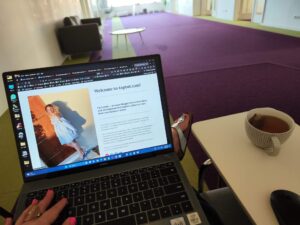The Bullet Journal method, also known as BuJo, is a customizable and efficient organization system that has recently gained popularity. It involves creating a notebook with numbered pages and using bullet points and other symbols to track tasks, events, and notes. While it can be helpful for anyone looking to get organized, it can be especially beneficial for individuals with ADHD (attention deficit hyperactivity disorder).
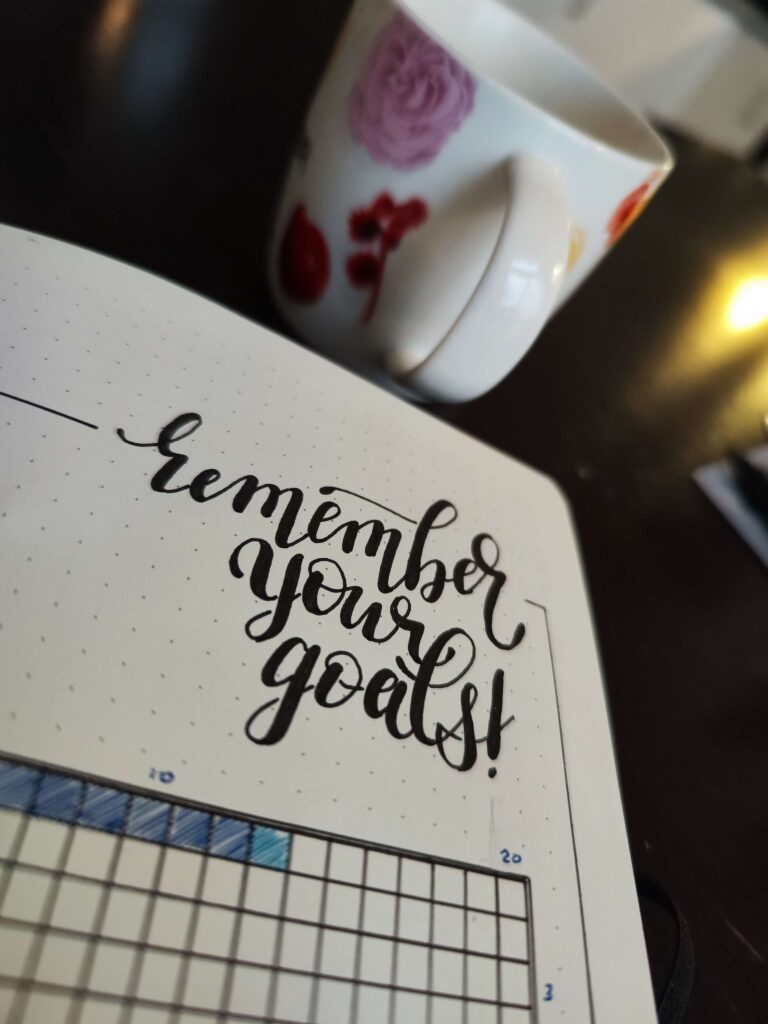
ADHD living forces people to experience a ceaseless mental game of whack-a-mole with their responsibilities. Between completing one responsibility you find yourself struggling with three new tasks appearing which require your immediate attention. Staying organized and focused? Yeah, easier said than done.
A simple adaptable tool exists to help ADHD brains function effectively rather than fighting against them.
People worldwide have adopted the Bullet Journal as their customizable efficiency system known as BuJo. Anyone who needs life organization benefits from this system yet people with ADHD experience maximum advantage when using it.
A notebook containing dots and dashes provides effective solutions for managing ADHD conditions.
Let’s dive in.
What Is the Bullet Journal Method?
The Bullet Journal serves as a single notebook containing planner features alongside task lists and diary entries and habit monitoring capabilities. The founder Ryder Carroll made this system purposefully minimalist while providing users full flexibility to customize the tool according to their needs.
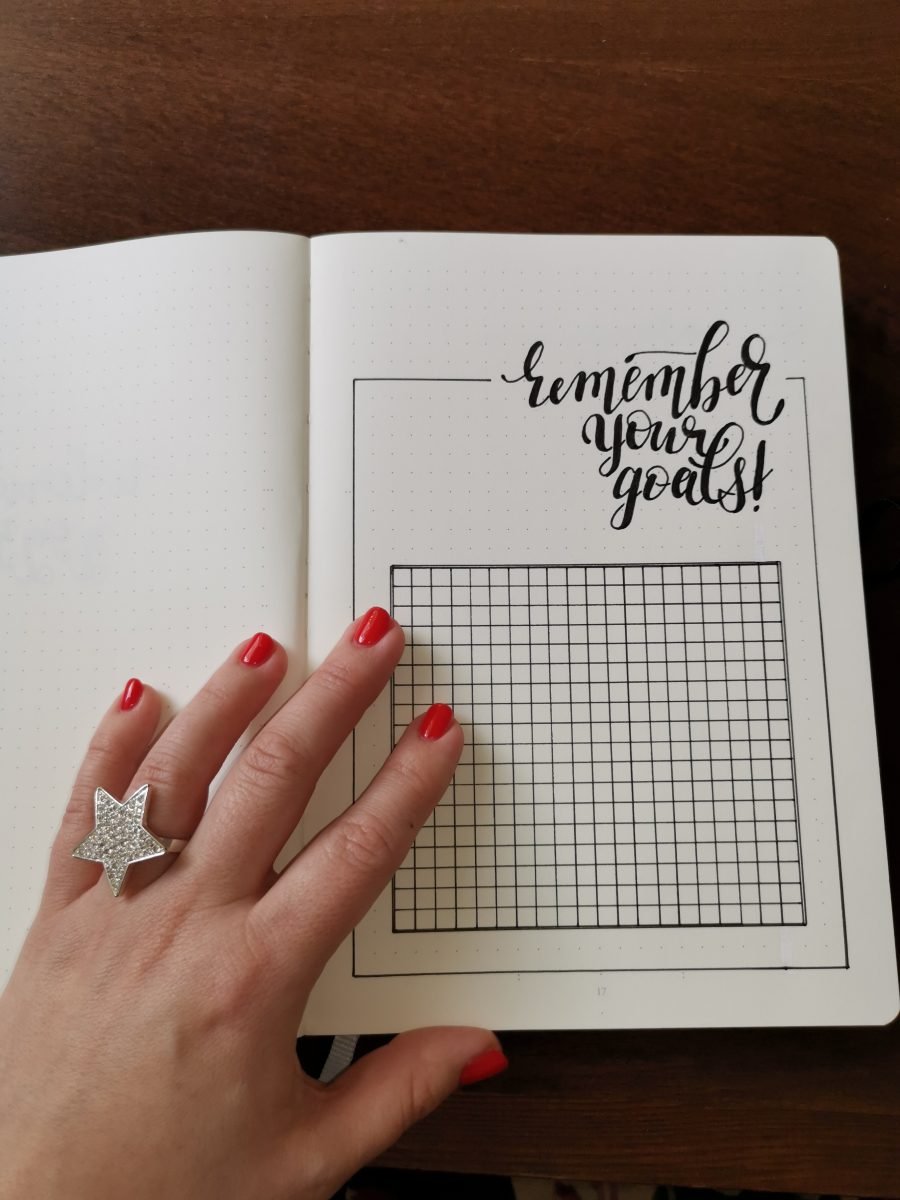
Users design their own pages through bullet points along with symbols which function to arrange their tasks and events and notes. Your system exists exclusively because you designed it.
Sounds simple, right? That’s the magic.
How ADHD Affects Organization (and How Bullet Journaling Can Help?)
Attention Deficit Hyperactivity Disorder (ADHD) stands as a neurodevelopmental disorder which interferes with your mental functions for focus and organization and impulse control. You maintain fifty active browser tabs yet none of them properly load information in your system.
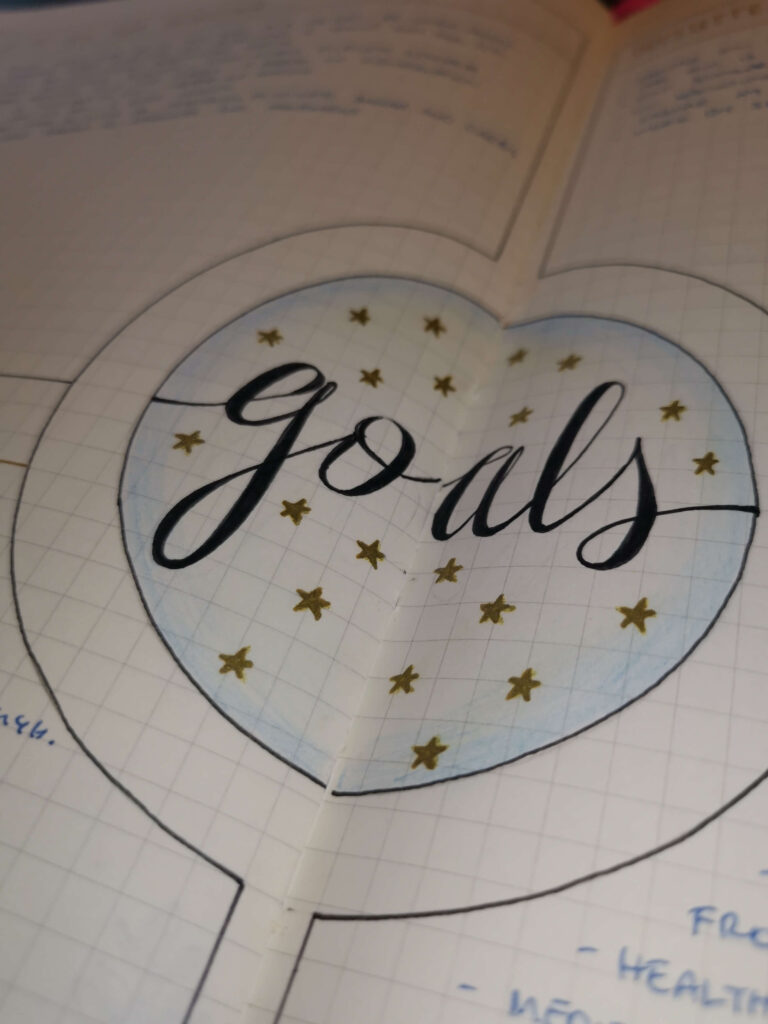
The conventional organization systems prove too demanding and limiting for individuals with ADHD because they cannot sustain them. The Bullet Journal stands out because it provides adaptability and forgiveness while developing alongside your needs.
Bullet Journal functions perfectly for ADHD because of its following characteristics:
| Benefit | How It Helps with ADHD |
|---|---|
| 🎨 Customization | You create layouts that match your needs. Visual thinker? Add color-coded charts. Love lists? Make as many as you want. |
| ✍️ Simplicity | No fluff, no unnecessary features. Just the essentials, so you don’t get overwhelmed. |
| 📅 Structure with Flexibility | Provides structure without rigidity. Miss a day (or a week)? No problem—you just pick up where you left off. |
| 🧘 Mindfulness | The process of journaling encourages reflection and focus, helping you stay present and intentional. |
| 🚀 Portability | It’s a physical notebook you can carry anywhere. Perfect for jotting down thoughts on the go before they vanish. |
Key Bullet Journal Features That Work Wonders for ADHD
So, what makes the Bullet Journal such a powerful tool for ADHD? It’s all about the methods and layouts that fit your brain’s unique wiring.
1. Customization: Your Journal, Your Rules
One of the biggest frustrations with pre-made planners is that they expect you to conform to their structure. But with ADHD, you need a system that adapts to your changing needs. Bullet Journaling lets you:
- Create visual to-do lists with checkboxes.
- Design habit trackers to monitor routines.
- Add doodles, colors, and stickers to make planning fun.
Whether you’re a minimalist or a creative mastermind, the Bullet Journal molds itself to your style.
2. Simplicity: No More Overwhelm
ADHD brains love to complicate things (hello, overthinking!). But the Bullet Journal keeps it simple. You use basic symbols to categorize tasks:
- • for tasks
- ○ for events
- – for notes
This system cuts through the clutter and helps you focus on what’s truly important.
3. Structure: Build Routines That Stick
While ADHD makes sticking to routines tricky, the Bullet Journal offers gentle structure without being suffocating. You can:
- Set up daily logs to track tasks.
- Create future logs for appointments and deadlines.
- Use habit trackers to reinforce positive routines.
Consistency emerges through routine updates to your journal which represents half the challenge when dealing with ADHD.
- Mindfulness: Stay Present, Stay Focused
Bullet Journaling serves two functions simultaneously where it addresses tasks as well as reflection. A short daily note-taking session allows you to maintain your present status while recording your achievements and obstacles. The method builds self-knowledge while decreasing stress while enhancing concentration which are essential for ADHD management. - Portability: Your Brain in Your Pocket
People who have ADHD must deal with recurrent memory issues. You can use a portable journal to jot down thoughts about your to-do list at any moment. The practice eliminates dependence on memory functions because we all know how unreliable that method is.
Tips for Using a Bullet Journal to Manage ADHD
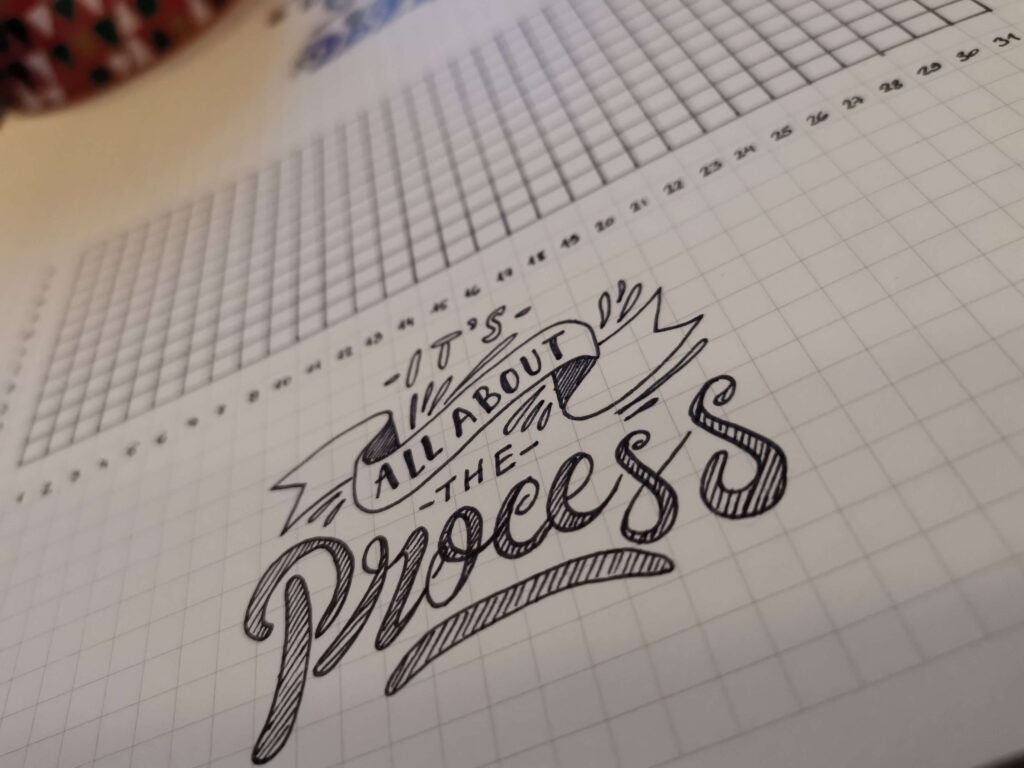
Have you decided to try Bullet Journaling now?
The following ADHD-friendly advice will help you begin and maintain consistency:
| Tip | Why It Works |
|---|---|
| 📝 Keep It Simple | Start with basic layouts. Too many pages or details can feel overwhelming. |
| 🎨 Use Visuals | Colors, stickers, and doodles make the journal engaging and easier to navigate. |
| ⏰ Set Aside Time | Dedicate a few minutes daily or weekly to update your journal. Routine helps build consistency. |
| 🔄 Be Flexible | If a layout isn’t working, change it! The beauty of BuJo is that it evolves with you. |
| ⏱ Use Timers & Reminders | Set alarms to prompt journaling or task reviews. External cues help with follow-through. |
| 🌈 Color-Code Your Life | Assign colors to different tasks (work, personal, health) to quickly spot priorities. |
Best Bullet Journal Layouts for ADHD
Not sure where to start? Here are some tried-and-true layouts that ADHD minds love:
- Daily Logs: Simple lists of tasks, events, and notes for each day.
- Weekly Spreads: A bird’s-eye view of your week to plan ahead without feeling overwhelmed.
- Habit Trackers: Track daily routines like exercise, hydration, or medication.
- Brain Dumps: A free space to unload random thoughts, ideas, and tasks before they slip away.
- Mood Trackers: Monitor emotional patterns to identify triggers and trends.
Conclusion: A Simple Notebook, A Big Impact
Today we have seen that bullet journal can help with ADHD in both adults and children. The Bullet Journal presents itself as a regular notebook to others but it functions as a vital organizational system for people who have ADHD. The Bullet Journal operates as a adaptable and flexible organizational tool which controls untamed complexity and teaches disciplined scheduling while concentrating your attention in a single bounded system.
Using the Bullet Journal system does not create an instant cure for ADHD. The Bullet Journal creates a significant transformation in your ability to handle daily tasks while maintaining organization and gaining better control.
Take a notebook with a pen for basic notes to begin with. Some simple markings will reveal unexpected understanding to you.

Lorelei has been an online entrepreneur, marketer and writer since 2006. Her biggest passion is WordPress, which is why she switched to being a full-time blogger 20 years ago and hasn’t looked back since. With so many years of experience behind her, she is an expert in copywriting, SEO, marketing and business strategies.

